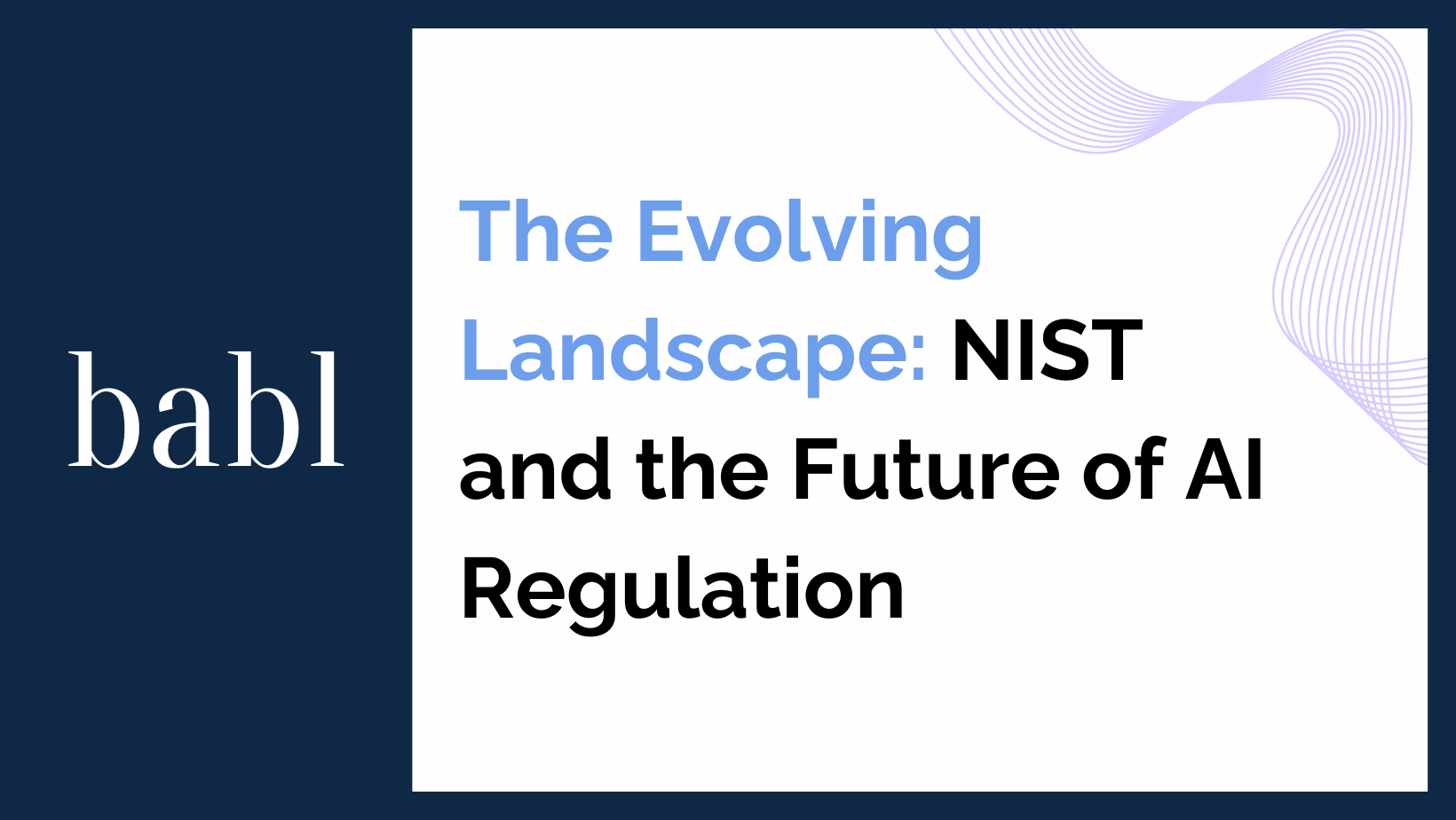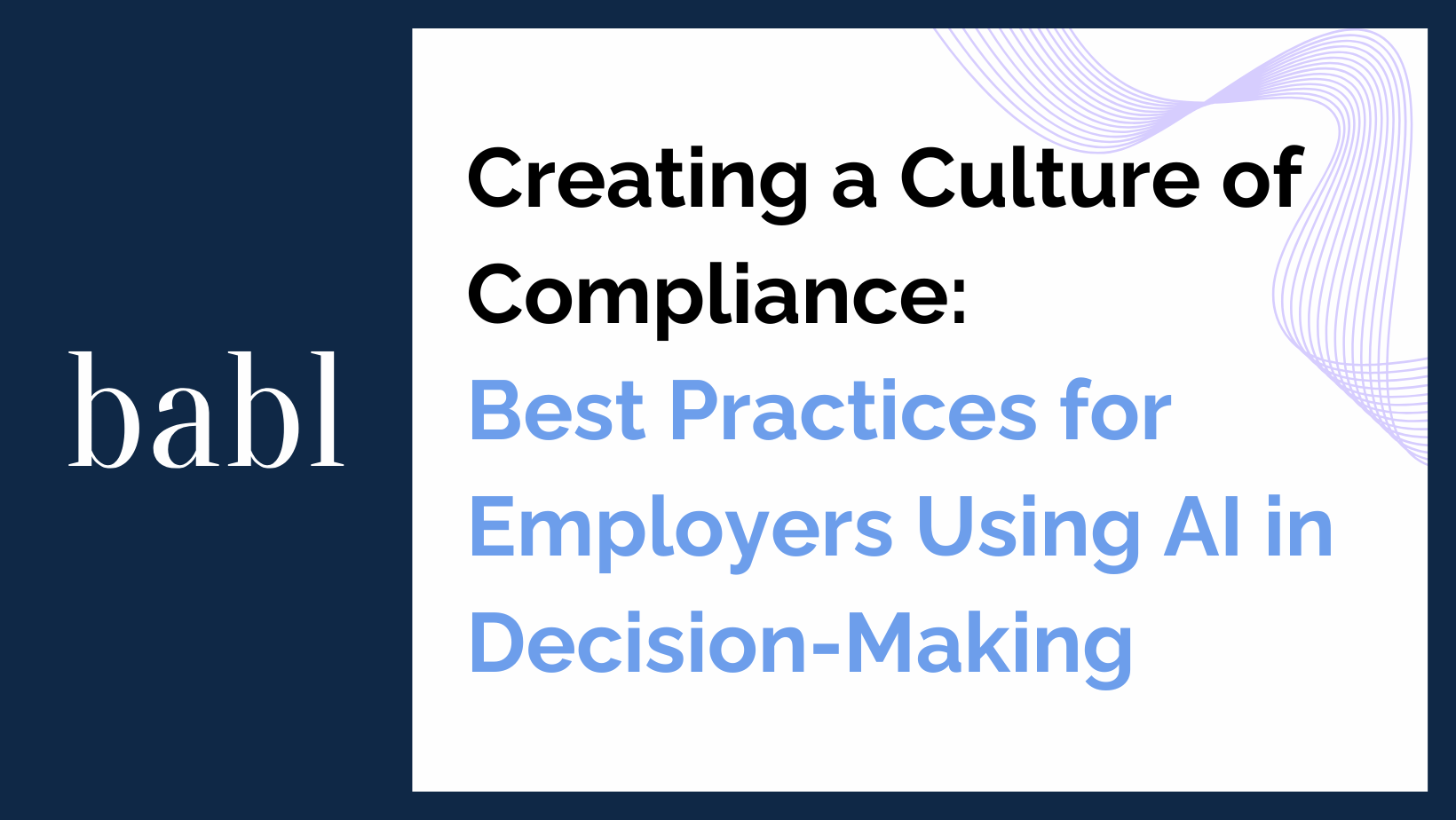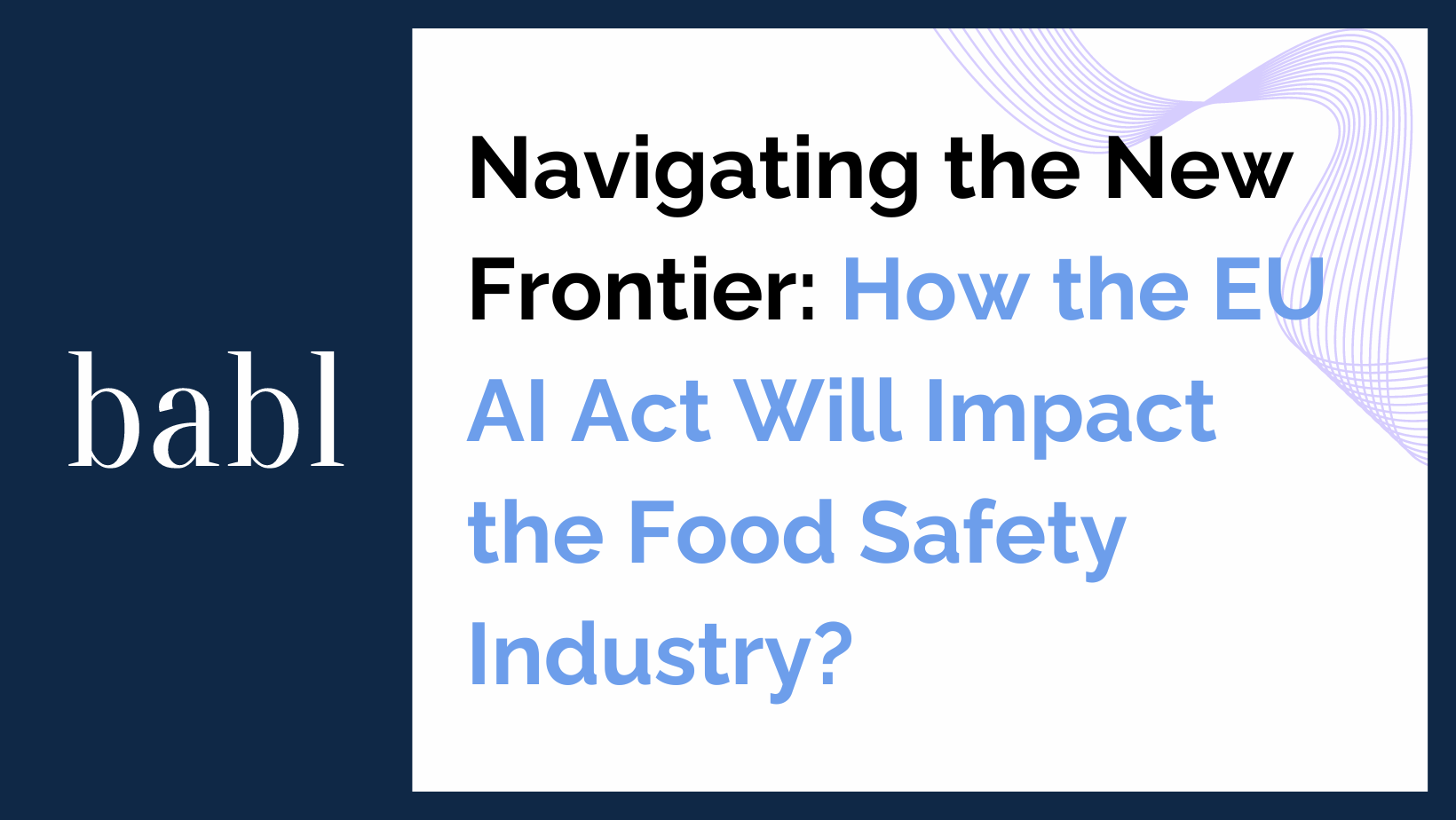As artificial intelligence (AI) technologies become increasingly integrated into the fabric of society, the importance of effective governance frameworks grows. The National Institute of Standards and Technology (NIST) has been a pioneer in developing voluntary standards and frameworks to guide the responsible deployment of AI. However, as AI continues to advance and its implications become more profound, there is growing speculation about the potential for NIST’s guidelines to evolve into a regulated certification standard.
The Current Role of NIST in AI Governance
NIST currently provides a voluntary framework designed to help organizations manage AI risks effectively. This framework is widely respected for its comprehensive approach to risk management, covering aspects from security and privacy to reliability and fairness. Its influence is evident in how organizations design and implement their AI systems, aiming to align with best practices that ensure safety and build public trust.
Potential Shift Towards Regulation
The increasing prevalence and impact of AI across various sectors—from healthcare to transportation—suggests that the voluntary nature of NIST’s guidelines may eventually need to be reevaluated. As AI systems become more complex, the risks associated with them also escalate, raising questions about the sufficiency of voluntary compliance in safeguarding public interests.
Becoming a Regulated Certification Standard
There is a realistic potential for NIST’s AI framework to transition into a regulated certification standard. This shift could occur as part of a broader trend towards more stringent regulations for AI, driven by high-profile failures or mounting public concern over issues such as privacy violations, bias, and accountability. A regulated NIST certification would likely entail more rigorous compliance requirements, regular audits, and possibly sanctions for non-compliance. Such a framework could provide a clearer, more uniform standard for AI applications, potentially making it easier to enforce and monitor.
Challenges and Opportunities
-
-
- Adapting to Rapid Technological Change: One of the greatest challenges for NIST would be to keep its standards relevant in the face of rapidly evolving AI technologies. This would require ongoing research, stakeholder engagement, and dynamic updating of guidelines to address new risks and technologies as they emerge.
-
-
-
- Balancing Innovation and Control: Moving towards regulation involves balancing the need to mitigate risks with the desire to avoid stifling innovation. NIST would need to navigate this balance carefully, ensuring that regulations protect the public and promote ethical AI development without curbing the creative and economic potential of AI technologies.
-
-
-
- Global Impact and Harmonization: As AI technology does not adhere to national borders, NIST’s evolution into a regulatory body could have global implications. Harmonizing its standards with international regulations would be crucial for multinational organizations and could position NIST as a global leader in AI governance.
-
Evolving with AI Developments
To remain at the forefront of AI governance, NIST would need to continuously evolve its frameworks to reflect the latest scientific understanding and societal expectations. This might include more explicit guidelines on the use of AI in critical sectors, enhanced measures for data protection, and standards for emerging technologies such as quantum computing and AI in genomics.
Encouraging Broad Adoption
Whether voluntary or regulated, broad adoption of NIST standards will depend on clear incentives for compliance. These could include benefits such as reduced regulatory scrutiny for certified organizations, public recognition of compliance, or even advantages in contractual bids where high standards of AI safety and ethics are required.
Conclusion
The future of NIST as a regulatory force in AI governance looks increasingly plausible and necessary. As AI technologies continue to advance, the need for robust, adaptive, and enforceable standards will become more acute. By potentially transitioning to a regulated certification standard, NIST could play a pivotal role in shaping the future of AI development, ensuring that it advances safely, ethically, and with public trust. The journey from a voluntary framework to a regulatory standard will not be without challenges, but it is a crucial evolution for meeting the complex demands of tomorrow’s AI landscape.
Need Help?
If you want to have a competitive edge when it comes to NIST regulations, or any other regulations or laws, don’t hesitate to reach out to BABL AI. Their team of Audit Experts can provide valuable insights on implementing AI.





